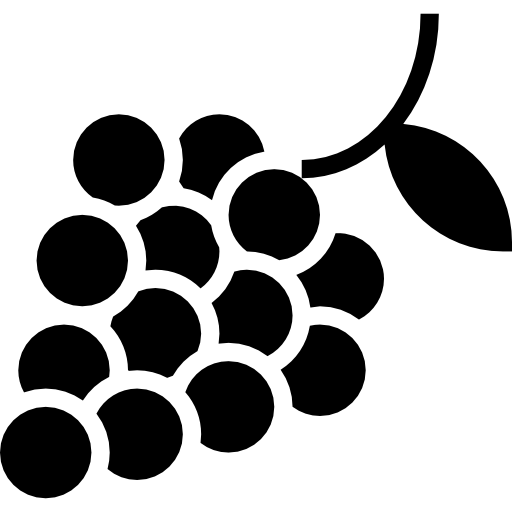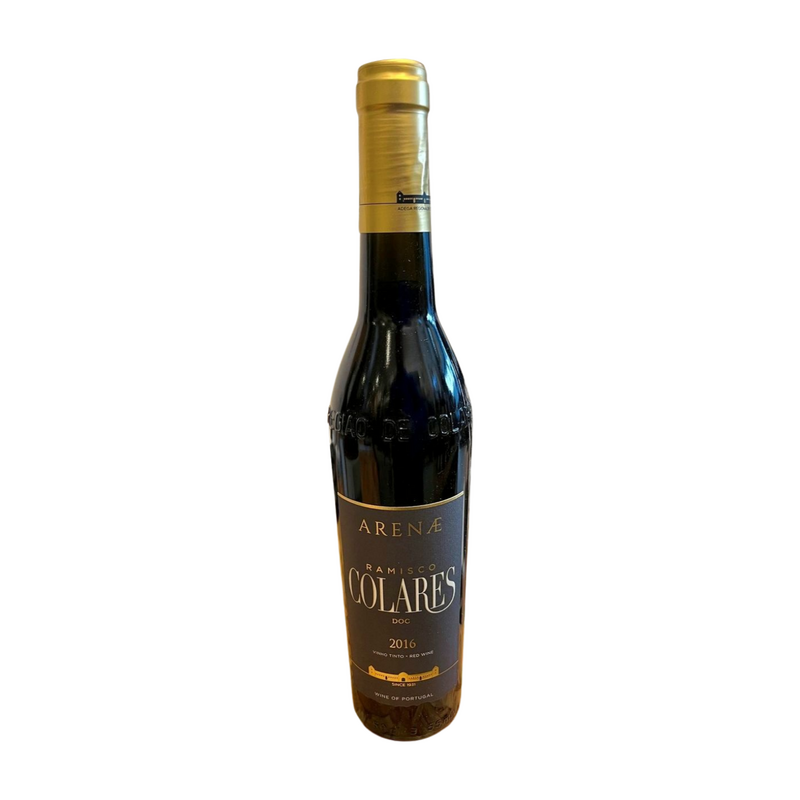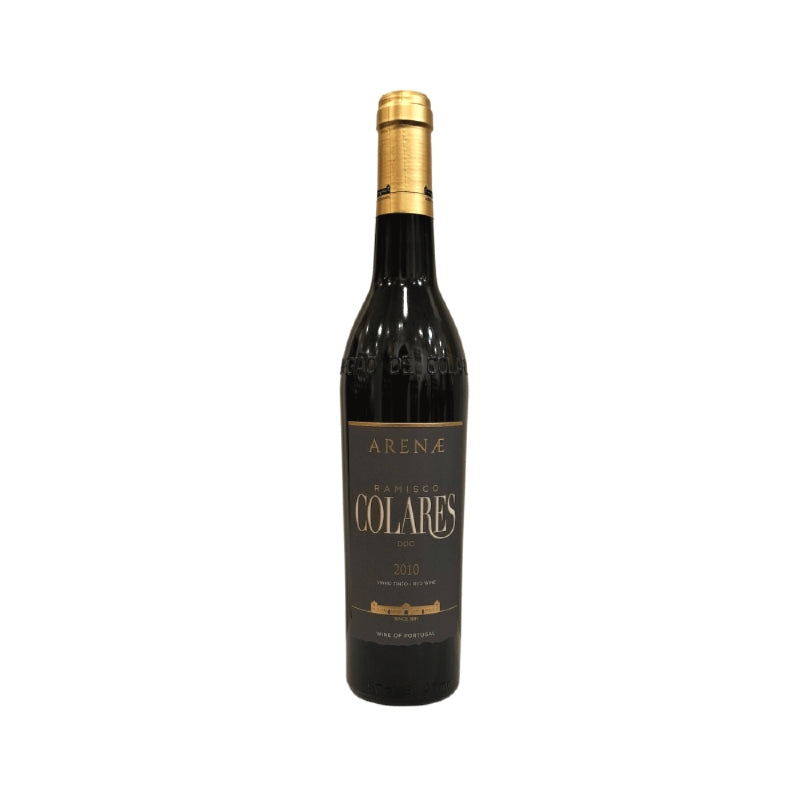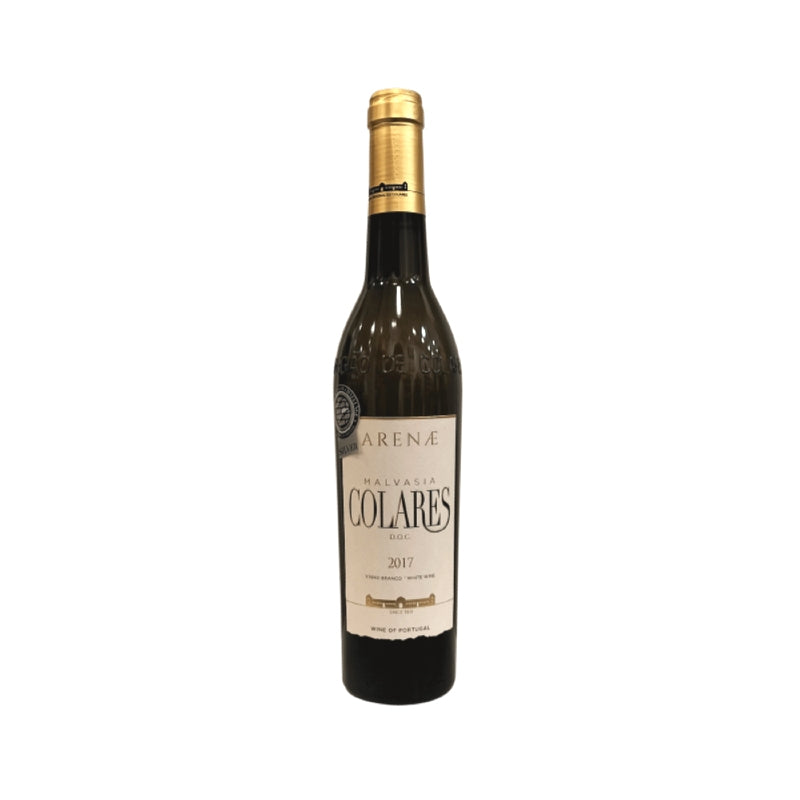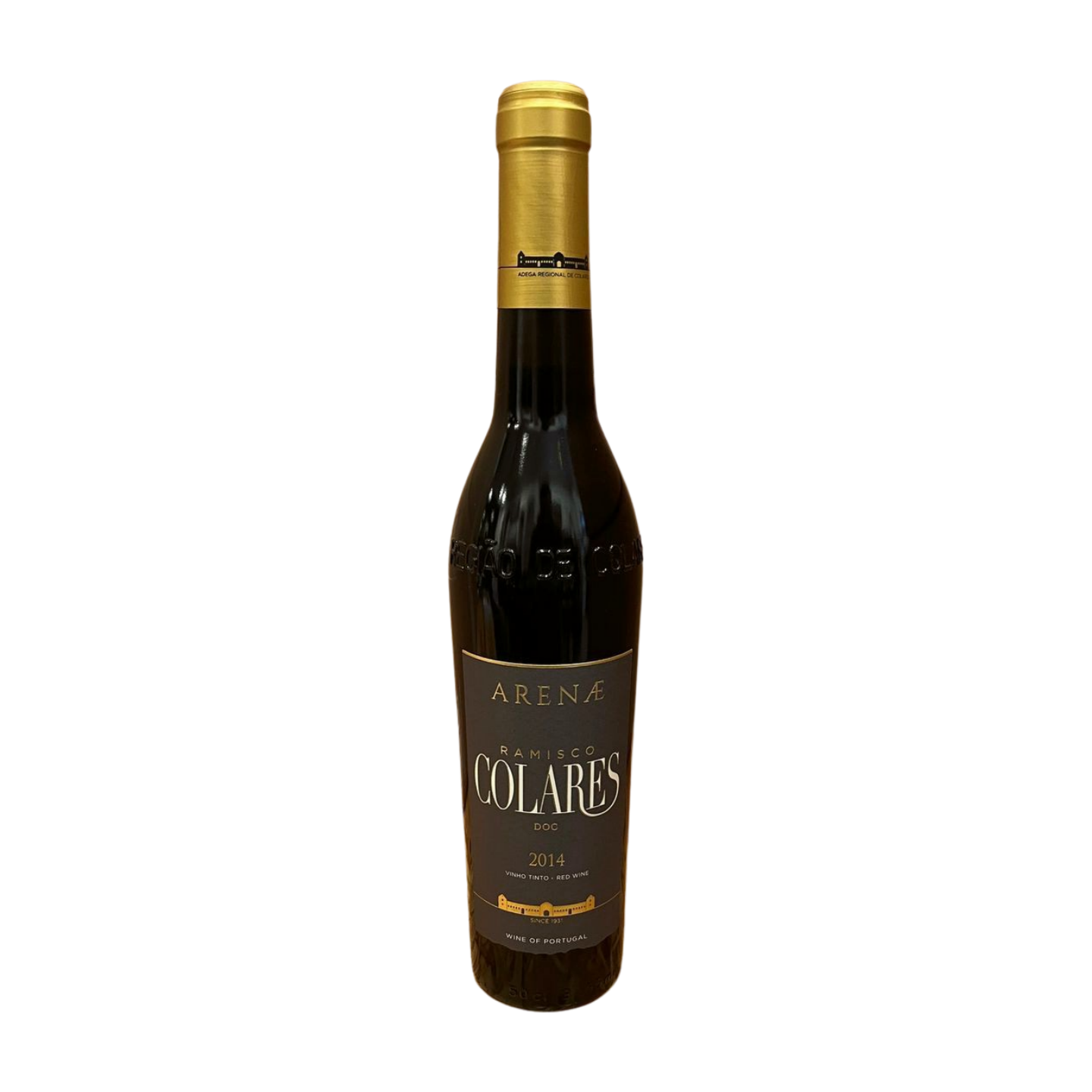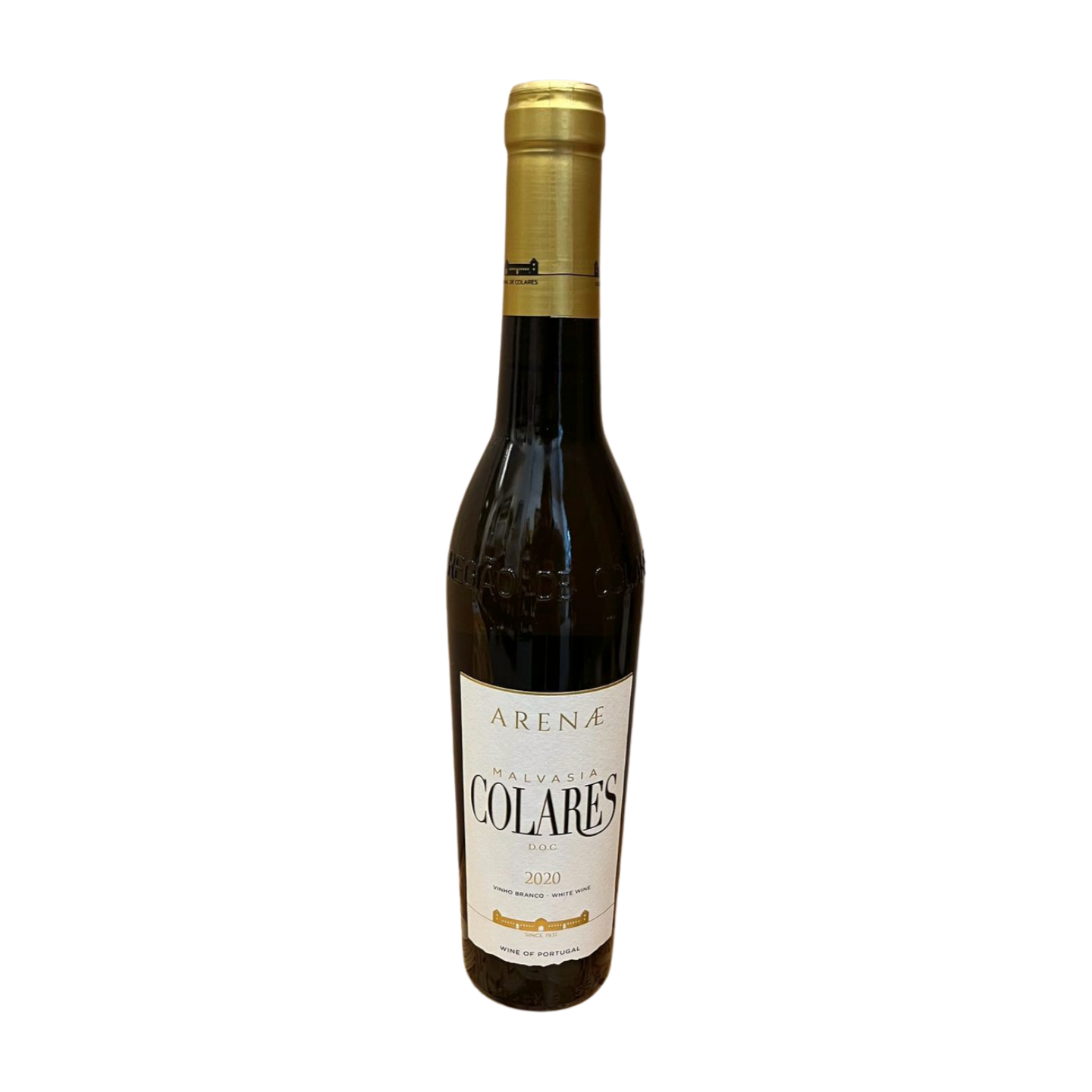Adega Regional de Colares, nestled within the Sintra hills west of Lisbon, is a testament to a unique and resilient viticultural heritage. The region’s identity is inextricably linked to its singular terroir, defined by ancient seabed sands that form the foundation of its vineyards. Unlike the clay and schist soils prevalent throughout much of Portugal, Colares' sandy terrain is exceptionally well-draining, forcing Ramisco and Malvasia de Colares vines to delve deep for sustenance. This struggle for water and nutrients results in grapes of remarkable concentration, imbuing the wines with intense flavors and a profound sense of place.
The region's unwavering commitment to its indigenous varieties, Ramisco and Malvasia de Colares, further distinguishes it. These resilient grapes, perfectly adapted to the harsh Atlantic climate, are the cornerstones of Colares' distinct character. The relentless Atlantic winds necessitate a unique vine training system, "en cordão," where vines are trained low to the ground. This method safeguards the grapes from wind damage and ensures even ripening, maximizing the quality of the harvest.
The history of Adega Regional de Colares is deeply interwoven with the narrative of Portugal itself. As early as the 13th century, the region's wines were highly esteemed, with King D. Afonso IV famously reserving them exclusively for the royal table. However, the late 19th-century phylloxera epidemic dealt a severe blow to Colares. The sandy soils, while protective against phylloxera itself, proved challenging for grafting onto resistant American rootstocks, leading to a significant decline in production.
In recent decades, a resurgence of interest in Colares wines has emerged, marked by a renewed appreciation for the region's unique terroir and traditional winemaking practices. Adega Regional de Colares's Winemakers embrace a low-intervention philosophy, allowing the grapes to express their true character. While incorporating modern techniques, they remain committed to the region's heritage.
The resulting wines are characterized by their striking minerality, vibrant acidity, and remarkable complexity. Ramisco, the red grape, produces wines with intense aromas of red and black fruits, violets, and earthy notes framed by firm tannins that soften with age. Malvasia de Colares, the white grape, yields wines with a refreshing bouquet of citrus, white flowers, and a subtle salinity, culminating in a crisp and mineral finish. These wines, far from ordinary, embody the spirit of Colares, a region that has persevered through adversity, offering a glimpse into a viticultural past while embracing a promising future.




